Digestive System Worksheets and Answers
The digestive system worksheets provide an in-depth exploration of the various organs and processes involved in breaking down and absorbing food. Designed for biology students in middle or high school, these worksheets offer a comprehensive review of the entity that is the digestive system, focusing on its structure, function, and the role each organ plays in the overall process. With clear, concise explanations and accompanying answers, these worksheets are a handy resource for teachers looking to engage their students in learning about this integral subject.
Table of Images 👆
More Other Worksheets
Kindergarten Worksheet My RoomSpanish Verb Worksheets
Cooking Vocabulary Worksheet
DNA Code Worksheet
Meiosis Worksheet Answer Key
Art Handouts and Worksheets
7 Elements of Art Worksheets
All Amendment Worksheet
Symmetry Art Worksheets
Daily Meal Planning Worksheet
What is the main function of the digestive system?
The main function of the digestive system is to break down food into nutrients that the body can absorb and use for energy, growth, and repair. This process involves the mechanical and chemical breakdown of food in the mouth, stomach, and intestines, and the absorption of nutrients into the bloodstream for distribution to the cells throughout the body.
What are the main organs of the digestive system?
The main organs of the digestive system include the mouth, esophagus, stomach, small intestine, large intestine, liver, gallbladder, and pancreas. Each organ plays a specific role in breaking down food, absorbing nutrients, and eliminating waste from the body.
How does food move through the digestive system?
Food moves through the digestive system by first entering the mouth, where it is chewed and mixed with saliva to form a moistened mass called bolus. The bolus then travels down the esophagus to the stomach, where it is further broken down by stomach acids and enzymes. From there, the partially digested food moves into the small intestine where enzymes from the pancreas and bile from the liver continue breaking it down. Nutrients are absorbed through the walls of the small intestine into the bloodstream, while waste products move into the large intestine for further processing before being eliminated as feces through the rectum and anus.
What is the function of saliva in digestion?
Saliva plays a crucial role in digestion by moistening and lubricating food, which helps in the formation of a bolus that can be easily swallowed. It also contains enzymes, like amylase, which start breaking down starches in the food into simpler sugars. Additionally, saliva helps in the initial chemical breakdown of food and aids in the sense of taste.
Within the digestive system, where are nutrients absorbed into the bloodstream?
Nutrients are primarily absorbed into the bloodstream in the small intestine, specifically in the lining of the walls of the small intestine called the villi and microvilli. This is where the majority of digestion and absorption of nutrients, such as carbohydrates, proteins, fats, vitamins, and minerals, occurs before they are then transported into the bloodstream to be distributed throughout the body for energy and cellular functions.
What is the role of stomach acid in digestion?
Stomach acid, primarily hydrochloric acid, plays a crucial role in digestion by breaking down food and killing harmful bacteria that may be ingested. It activates enzymes that help break down proteins, facilitates the absorption of nutrients such as iron and calcium, and helps in the digestion of fats. Stomach acid also stimulates the production of mucus and bicarbonate to protect the stomach lining from the acidic environment.
What is the function of the small intestine in digestion?
The small intestine plays a vital role in digestion by further breaking down food particles into nutrients that can be absorbed by the body. It is responsible for absorbing most of the nutrients from food, such as carbohydrates, fats, proteins, vitamins, and minerals, that are essential for energy production, growth, and overall health. Additionally, the small intestine also absorbs water and electrolytes, helping to maintain proper hydration and electrolyte balance in the body.
How is waste eliminated from the body in the digestive system?
Waste is eliminated from the body in the digestive system through a process called defecation. After nutrients are absorbed from food in the small intestine, undigested material and waste products pass through the large intestine where water is absorbed and the waste material forms into feces. The feces are then stored in the rectum until they are expelled from the body through the anus during a bowel movement.
What is the purpose of the pancreas in digestion?
The pancreas plays a crucial role in digestion by producing enzymes that help break down carbohydrates, proteins, and fats in the small intestine. These digestive enzymes are released into the intestine to aid in the absorption of nutrients from food. Additionally, the pancreas also produces hormones such as insulin and glucagon that help regulate blood sugar levels.
What are the three main types of enzymes involved in the digestion of carbohydrates, proteins, and fats?
The three main types of enzymes involved in the digestion of carbohydrates, proteins, and fats are amylases for carbohydrates, proteases for proteins, and lipases for fats. Amylases break down carbohydrates into simple sugars, proteases break down proteins into amino acids, and lipases break down fats into fatty acids and glycerol, aiding in the absorption of nutrients during digestion.
Have something to share?
Who is Worksheeto?
At Worksheeto, we are committed to delivering an extensive and varied portfolio of superior quality worksheets, designed to address the educational demands of students, educators, and parents.





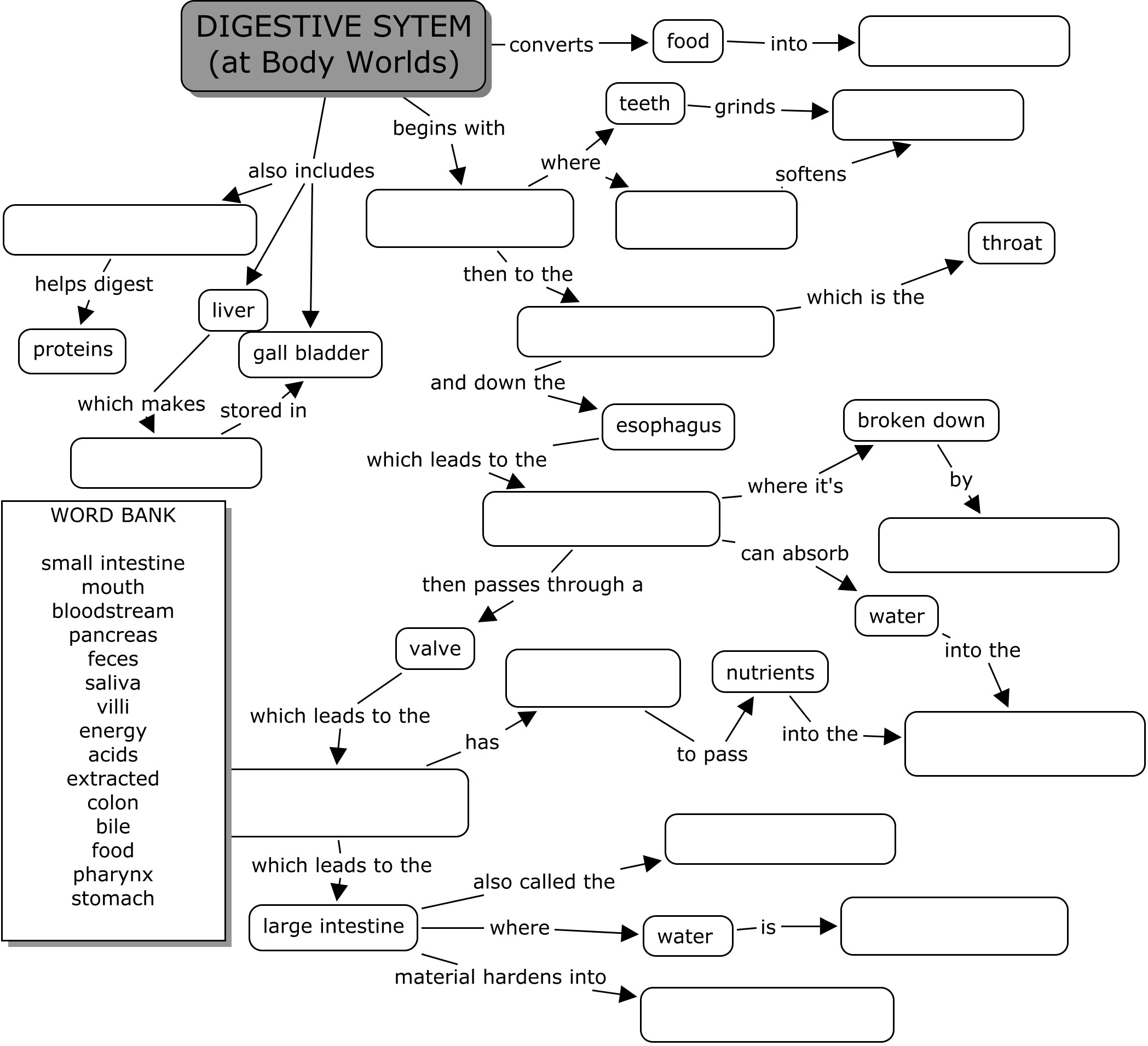
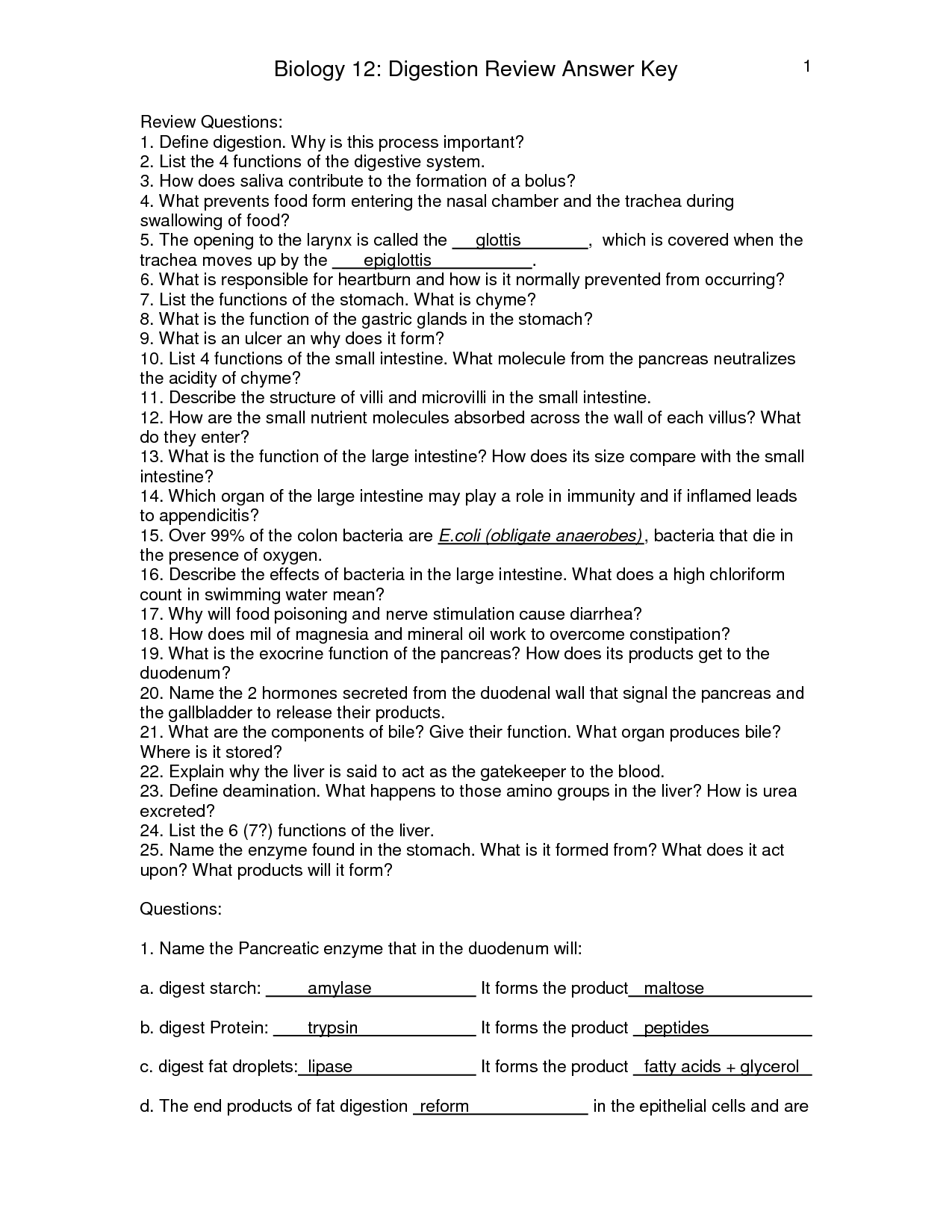
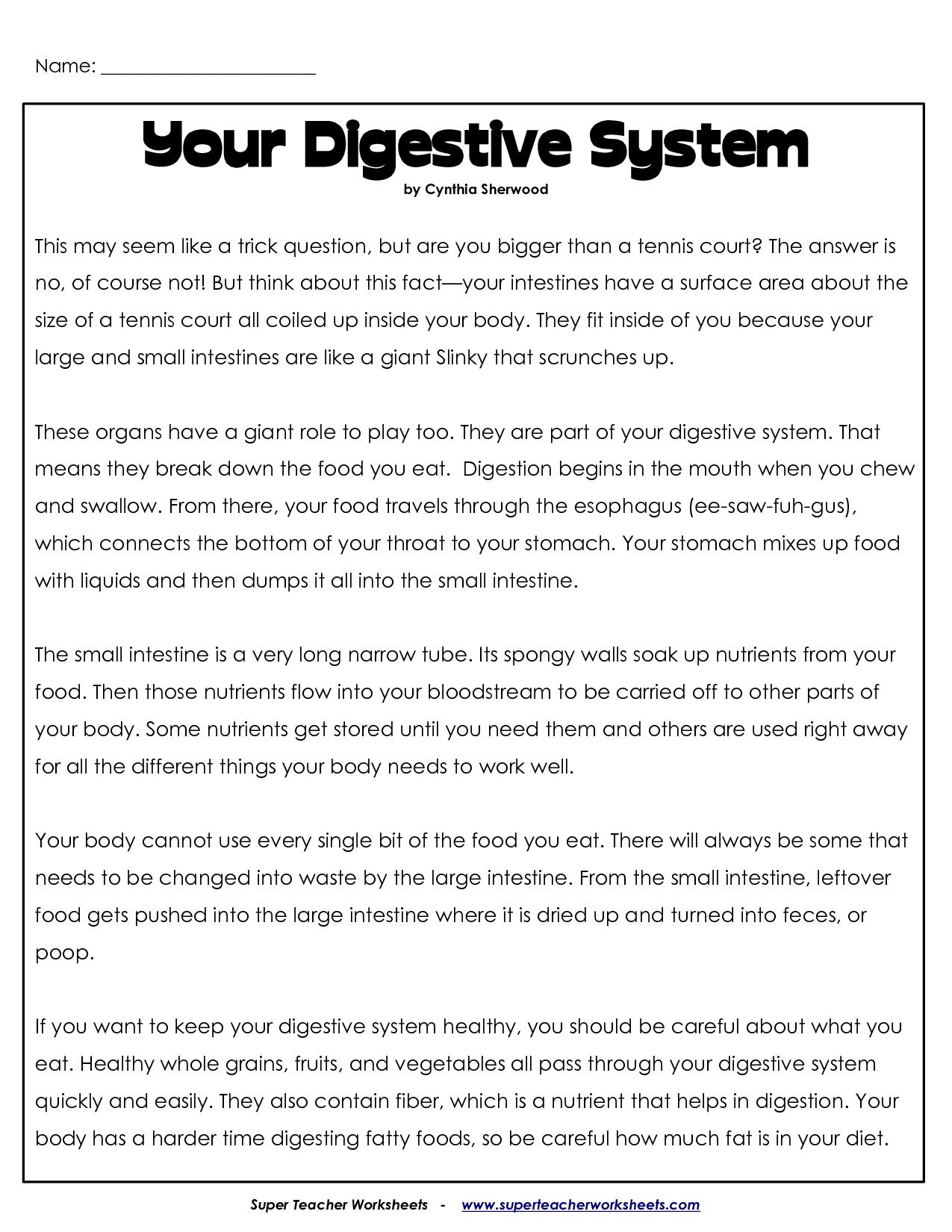
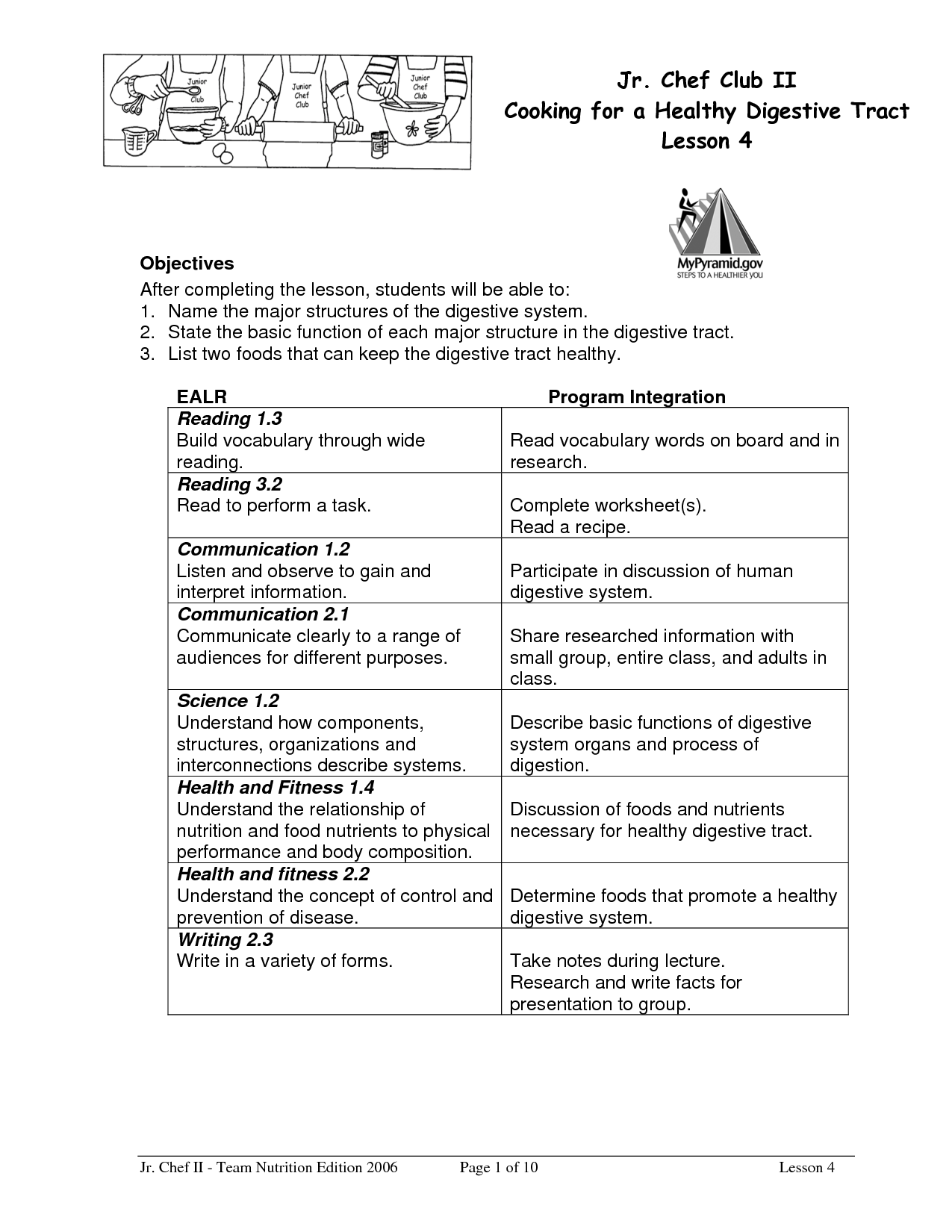
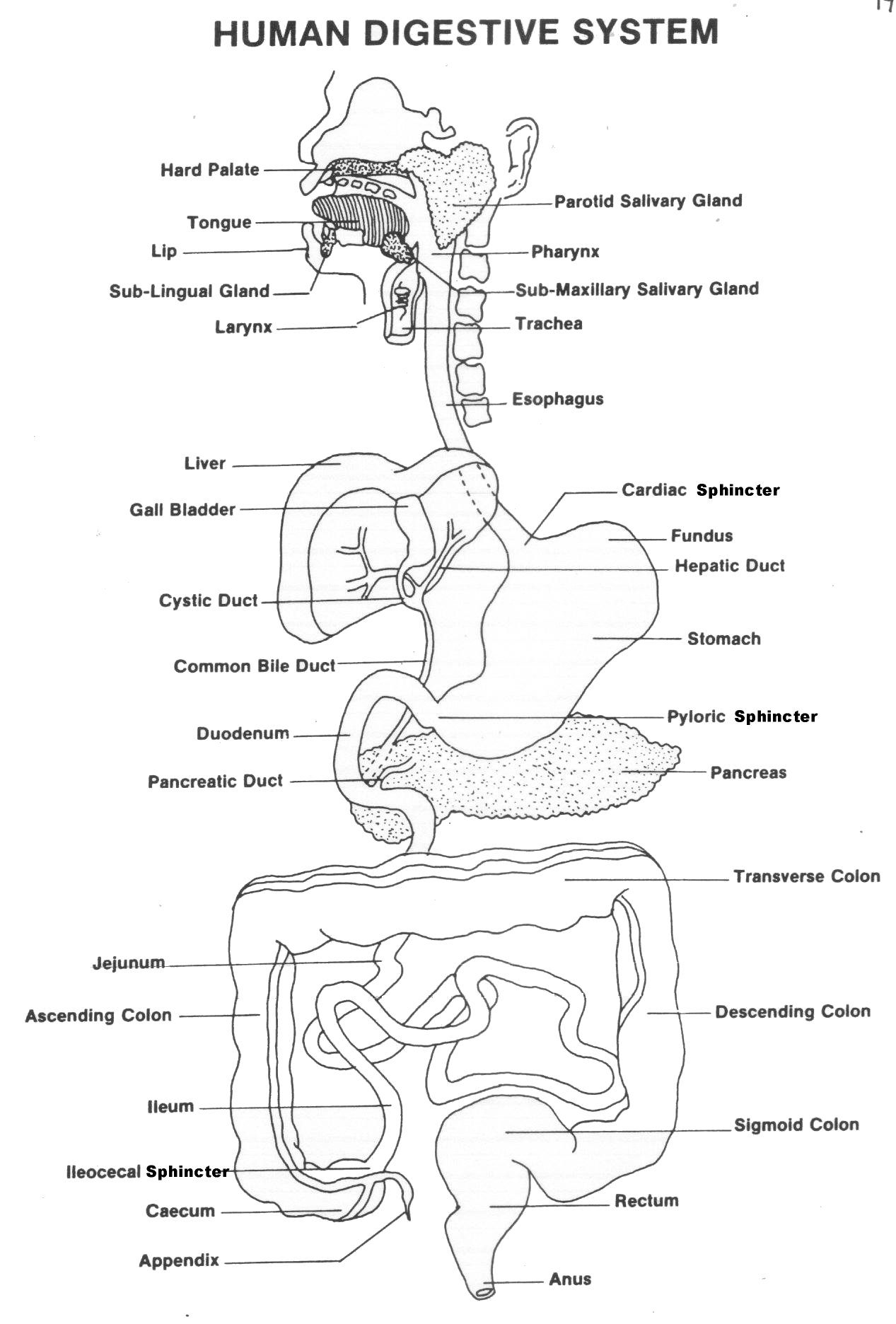
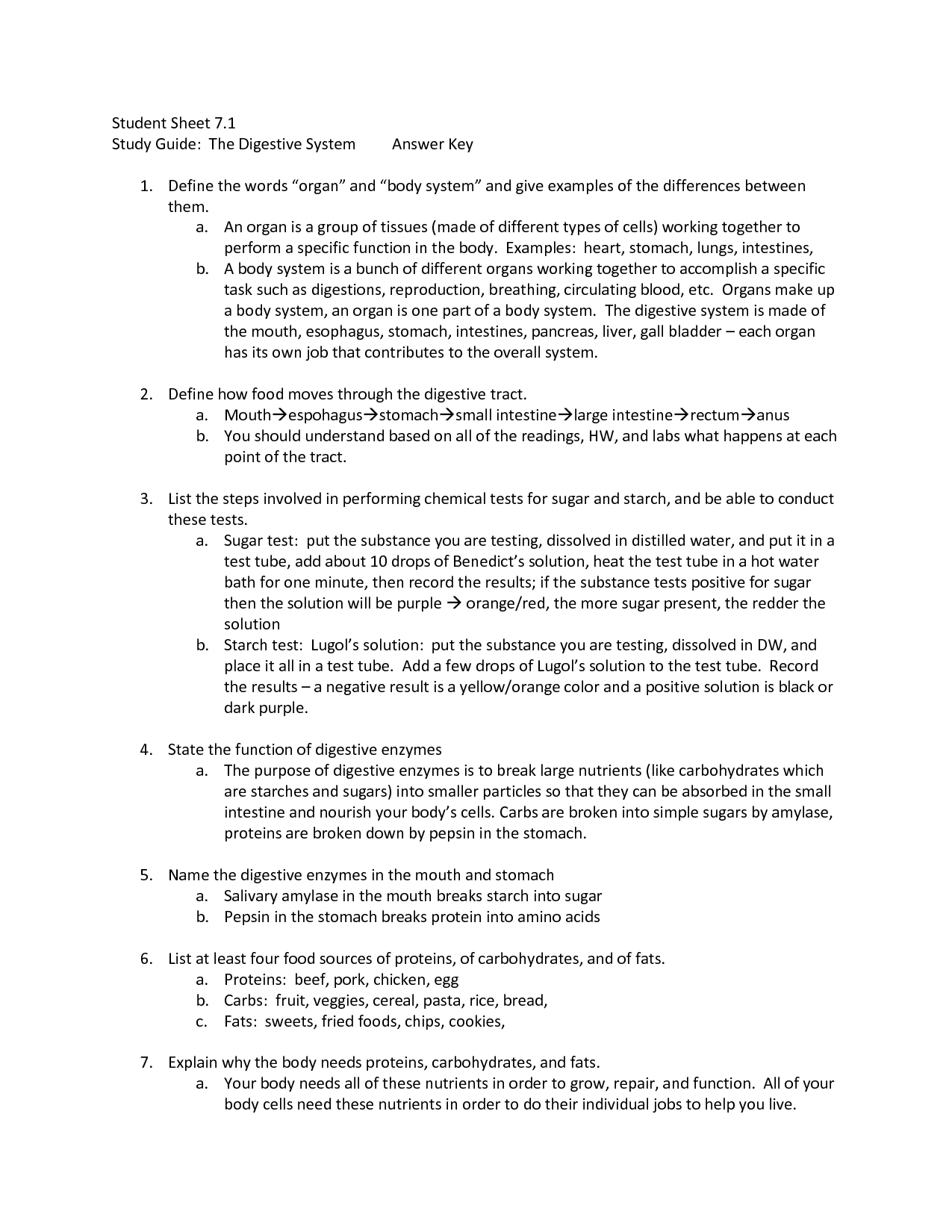
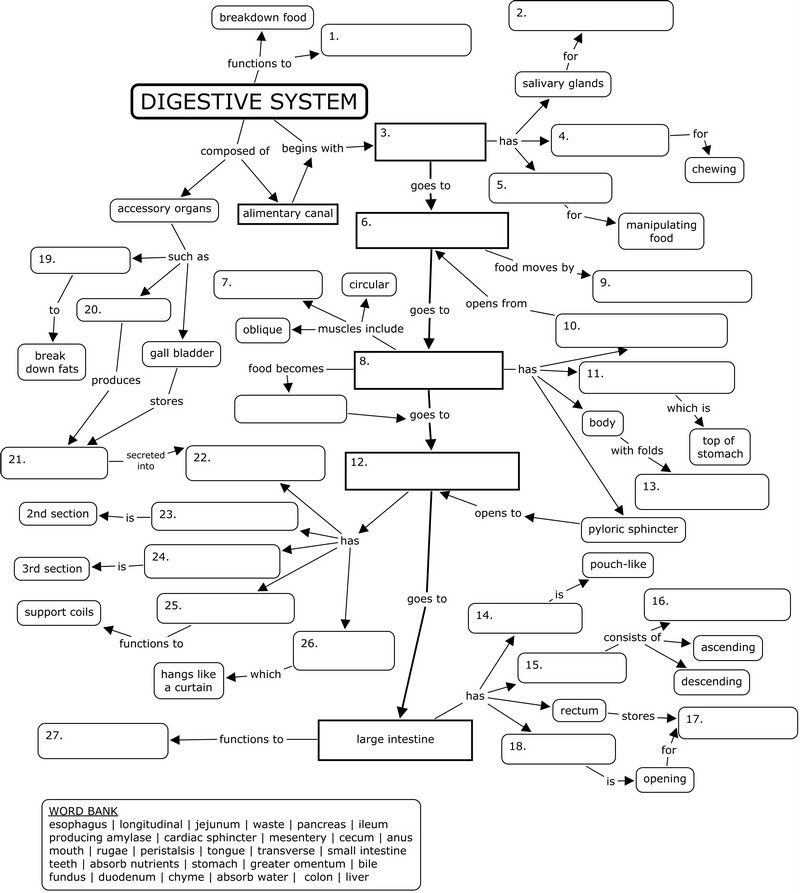
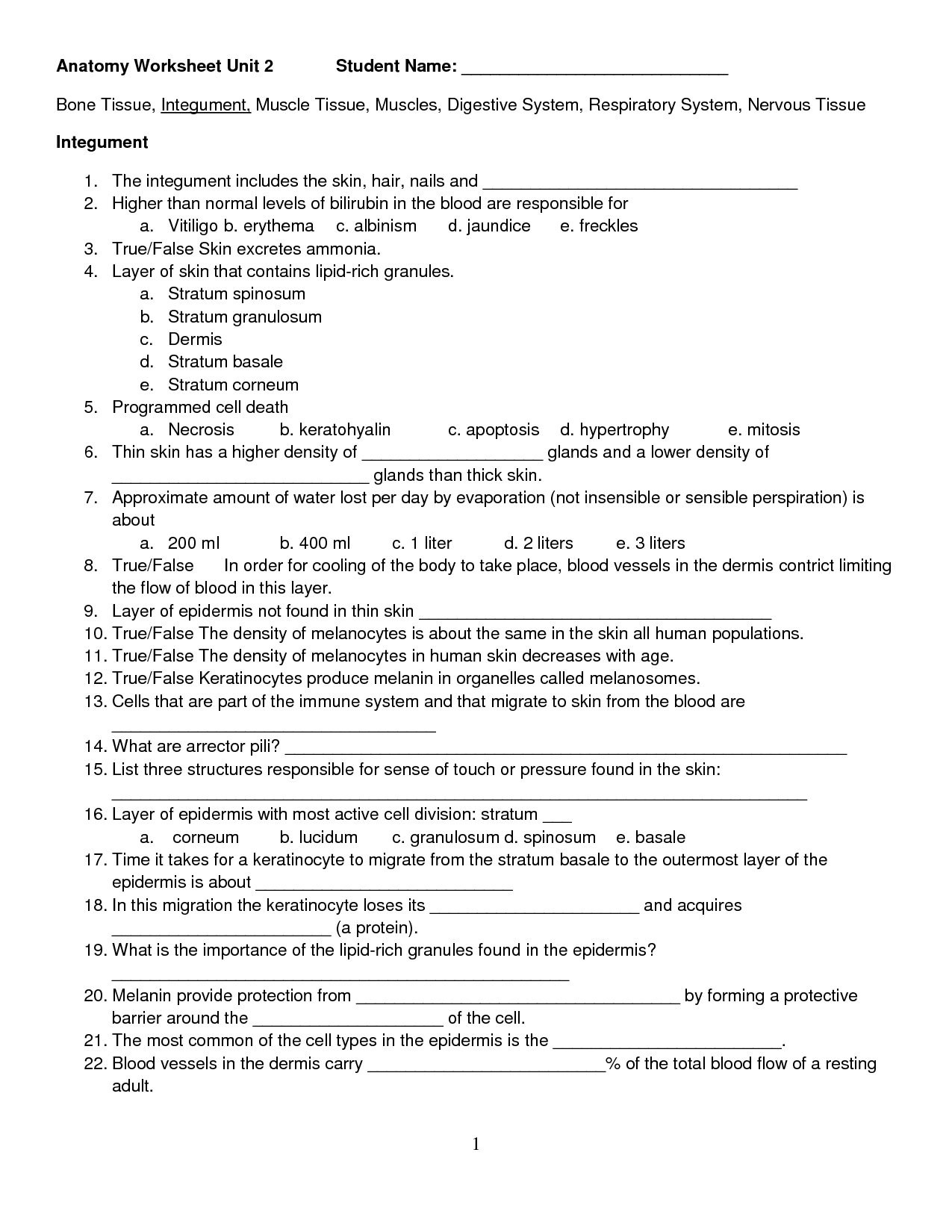
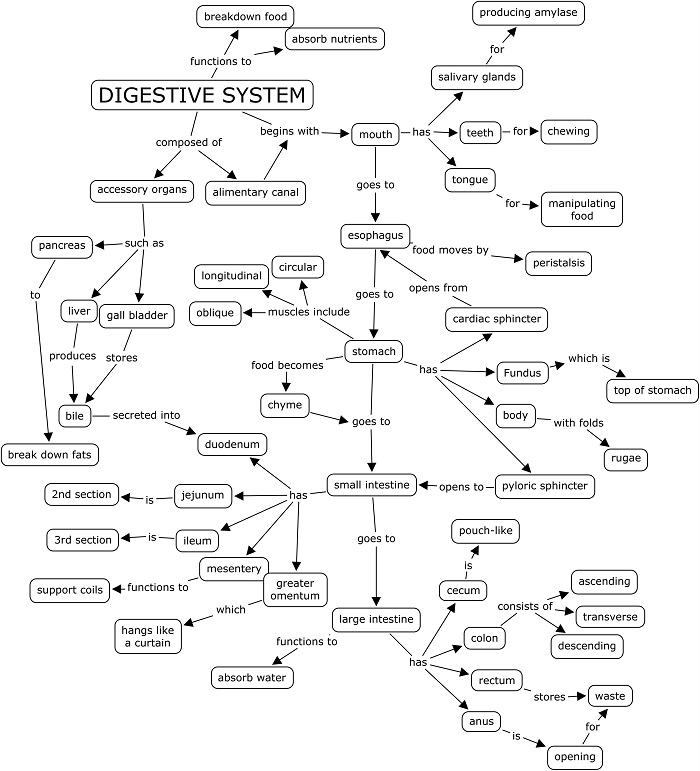

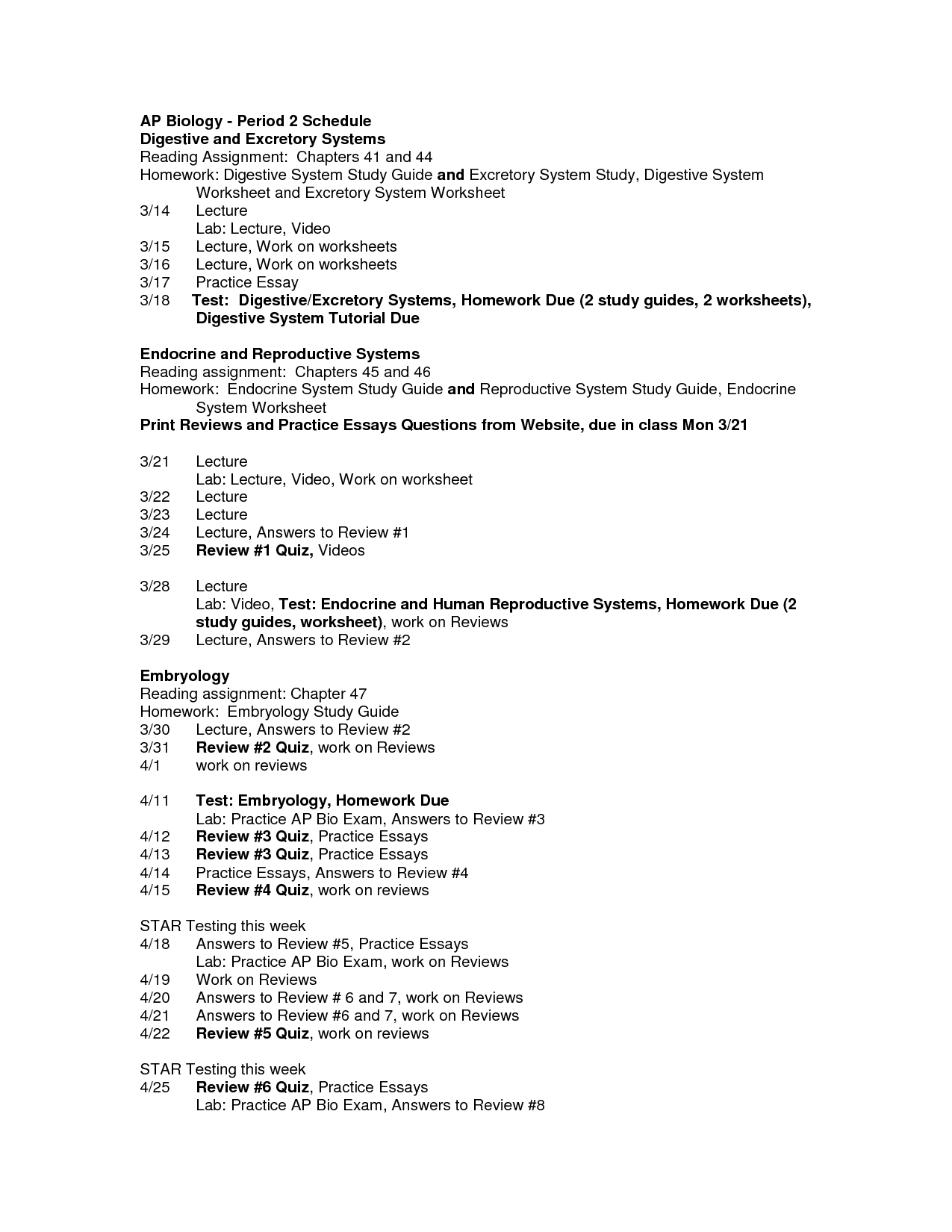
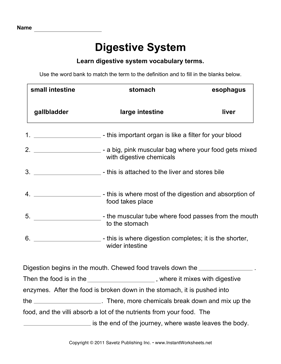
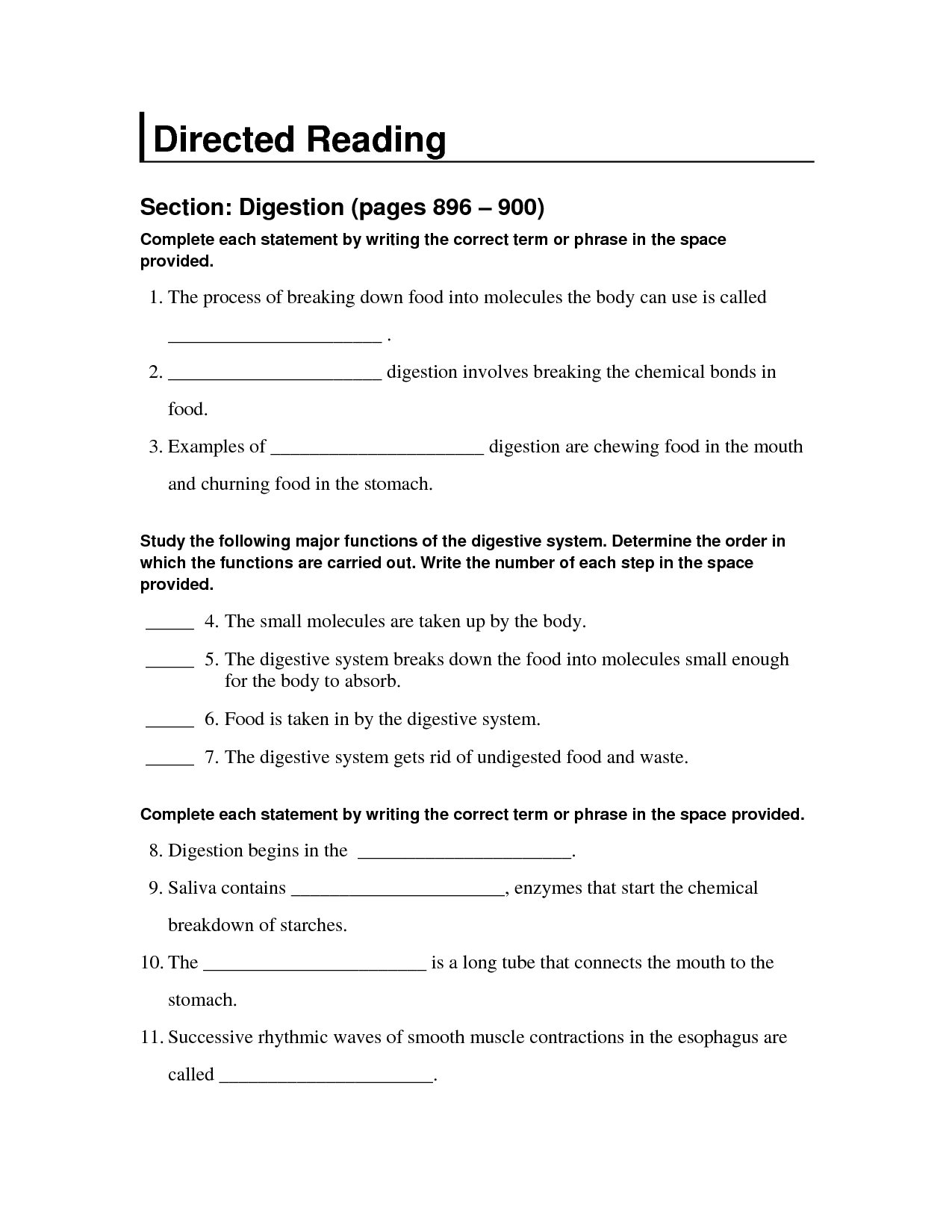
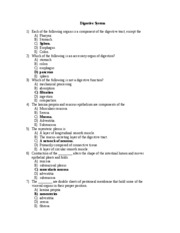














Comments